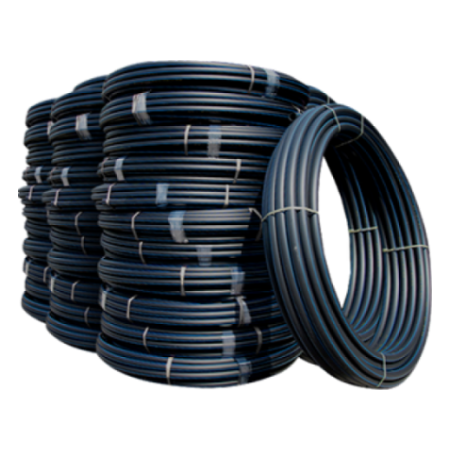Pipes made of high-density polyethylene (HDPE pipes) are flexible. They can be applicable to transport a variety of fluids, including water, gas, and irrigation water. Compared to other types of
piping systems, the HDPE pipes’ strength is due to the high-density polyethylene material from which they are constructed. Hence they are unlike any other pipes on the market because joining them does not require the use of any glue. Pipes made of high-density
polyethylene, or HDPE, are resistant to significant levels of water and gas pressure. HDPE pipes in Kenya are provided at
Aqua Hub Kenya.
What are HDPE pipes?
A catalytic method is applicable to convert ethylene and petroleum into HDPE. Therefore, this is a type of hydrocarbon polymer. It is a particular type of thermoplastic that is well-known for the tensile strength it possesses. Its unique qualities can endure high temperatures. The Pipe is just a pipe consisting of polyethylene. This material also offers the pipes some specific attributes. Hence creating several benefits. These benefits are contributing to the adoption of polyethylene pipes.
HDPE Pipes have many benefits. They include their high quality, reliability of pipe and fittings, ease of loading and transportation of pipes and fittings of polyethylene due to their relatively low weight, and quick and easy installation. These advantages have made polyethylene types the best choice for a variety of projects.
Advantages of HDPE pipes
- Affordable
- High-Quality
- Operate and Harsh Temperatures
- Non-Leaching
- UV Resistant
- Resistant to most Chemicals
- Stiff Material
- Amazing Durability
- Highly Versatile
Pipe Sizes & dimensions
The diameters of our HDPE Pipes range from 16 millimeters to 800 millimeters, and their associated pressure gauges go from PN6 to PN25. They come in a variety of diameters and have a standard length of one hundred meters.
Joining of the pipes
To link HDPE pipes, PE compression fittings or butt fusion can be applicable. Commonly, PE fittings are used to link pipes up to 90mm in diameter. In Butt Welding, two pipe ends are heated and welded with a butt welding machine, then pressed together at a particular temperature using pressure. The welding technique can be applicable to join Hdpe pipes with a maximum diameter of 1200 mm.
